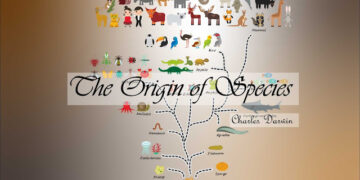Throughout history, certain inventions have brought about revolutionary changes. These advancements have propelled human civilization forward from stone tools in ancient times to the wheel and various metals. Today, artificial intelligence plays a similar role. Among these groundbreaking inventions, the automobile is significant, providing a new dimension to the Industrial Revolution.
Growth of Related Industries
- The successful rise of commercial automobiles has led to rapid development in related industries such as steel, rubber, glass, and fuel. Even the tourism sector, including hotels and motels, gained popularity following the success of the automobile industry.
Transportation Before Automobiles
- Before the automobile industry’s rise, the primary means of land transportation were railways and horse-drawn vehicles. Most cities and ports developed around railways, and many working individuals lived close to their workplaces. However, the development of the automobile industry has expanded urban areas and facilitated modernization in education and women’s participation in the workforce.
Early Days of the Automobile Industry
- Notably, the early days of the automobile industry could have been more successful. In 1885, Karl Benz built the Benz Patent Motorwagen, marking the beginning of the automobile industry. Just nine years later, in 1894, production began on the first commercial vehicle, the Benz Velo. However, fewer than 200 cars were sold worldwide in the first year due to the reliability and affordability of horse-drawn vehicles compared to early motorized cars.
Technological Improvements
- To establish a reliable vehicle, improvements in braking systems, steering systems, and other technical aspects were necessary. This development process was completed quickly, and within two years, 1,200 units of the Benz Velo were sold globally.
Henry Ford’s Contribution
- Among those who played a crucial role in making automobiles accessible to the public, Henry Ford stands out. He innovated the assembly line production method, allowing for the manufacture of affordable and reliable cars. The world-famous “Ford Model T,” which began production in 1908, sold over 15 million units in just 18 years. The price of the Model T dropped from $850 in 1908 to below $300 by 1927 due to continuous improvements in production methods.
Infrastructure Development
- The rise of automobiles also led to the development of suitable roads. A survey in 1927 revealed that over 50,000 miles of highways had been constructed in the United States, with more than 10,000 miles of new highways being built each year. Alongside highways, over 120,000 fuel stations were established, leading to a boom in the hotel and motel business due to the ease of family travel by car.
Current Status
- In today’s modern era, over 2 billion cars are on the roads worldwide. Approximately 100 companies are introducing innovative strategies and new features in their vehicles. Around 4.2 million engineers and technicians are tirelessly working to make your journeys safer, more comfortable, and enjoyable.



































